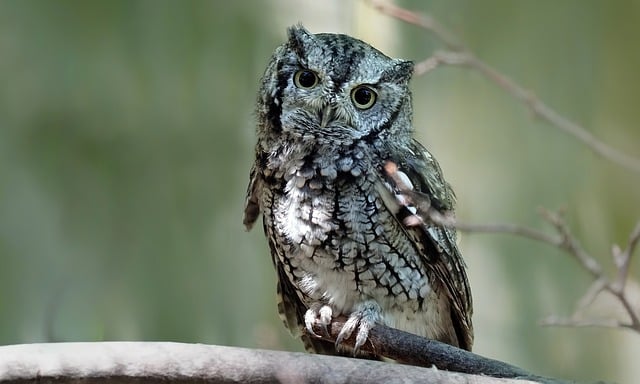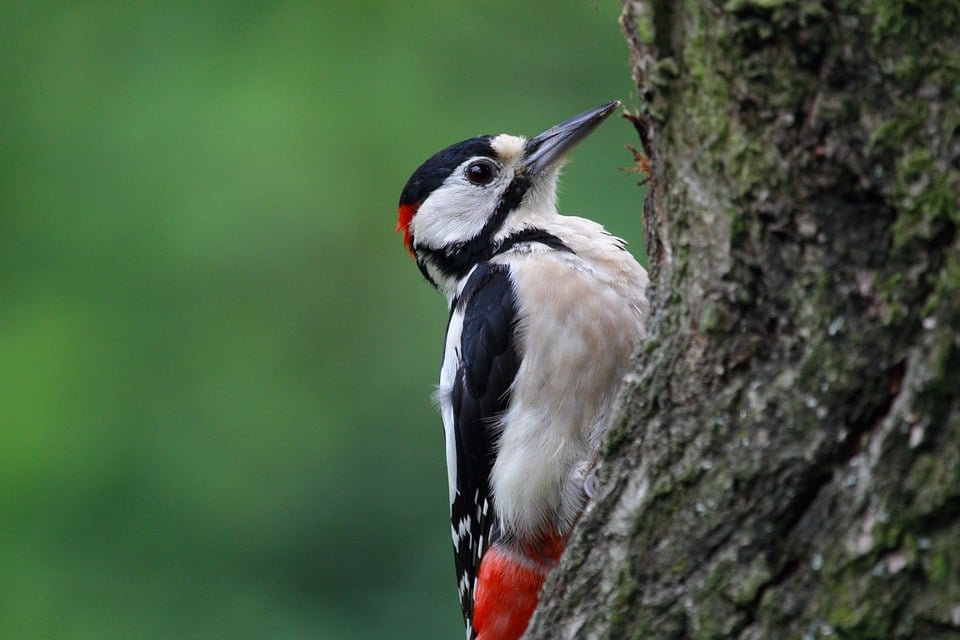Many of us have heard the drumming of a woodpecker while enjoying a day on the lake, pond, or in the woods, but have you ever considered the role they play in their ecosystems? Besides being fun to watch, woodpeckers provide a key ecosystem service that is essential for many waterfowl, songbirds, birds of prey, and even other woodpecker species.
Woodpeckers are what is known as “primary” cavity nesters. Meaning, they excavate nesting cavities from scratch. Many will not re-use a cavity from year to year. This habit leaves an abundance of abandoned cavities that can then be occupied by “secondary” cavity nesters.
Nesters use nests abandoned by woodpeckers
Secondary cavity nesters will not excavate their own cavities. Rather, they rely on cavities created naturally by fires, lightning struck trees, diseased trees, dead trees, or woodpeckers. The majority of nesting cavities available for secondary cavity nesters in Texas are created by one of the eight common woodpeckers (see list below).

Typical secondary cavity nesters in Texas include songbirds such as, prothonotary warblers, nuthatches, bluebirds, swallows, purple martins, chickadees, wrens, and titmice. Birds of prey that rely on woodpecker cavities include the eastern screech owl, and American kestrel. Cavity nesting waterfowl include the common merganser and goldeneye, buffleheads, and the year-round Texas residents black bellied whistling ducks and wood ducks.
Woodpeckers also provide ecosystem services
These species that rely on woodpeckers provide ecosystem services in the form of pest control, food for humans, prey for mammalian, and avian predators, ecotourism funds for local communities, aesthetic appeal, and biodiversity. Promoting woodpecker species on your land can be as easy as leaving forests or woodlots on your land for them to nest in. There are slight differences in the life cycles of each woodpecker species, but many prefer open woods versus forests with a thick understory and mid-story layers that can inhibit feeding and aid their natural predators.
Retaining large diameter trees in the over-story while thinning undesirable or overstocked trees from below can create these conditions. Where it is safe and practical to do so, a prescribed fire regimen can provide excellent conditions for woodpecker habitat. ALWAYS CONSULT A PROFESSIONAL PRIOR TO BEGINNING A PRESCRIBED FIRE REGIMEN!!!
Woodpecker species you're most likely to see in Texas
Common woodpecker species of Texas include; red headed, red bellied, pileated, hairy, downy, ladder backed, northern flickers, and yellow-bellied sap suckers. You can find more about these species of woodpeckers and the birds that benefit from their nesting habits at Texas A&M AgriLife Extension.



